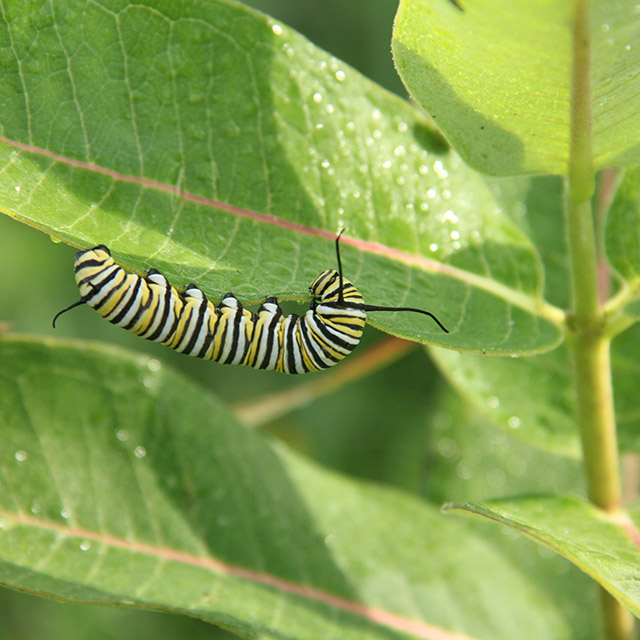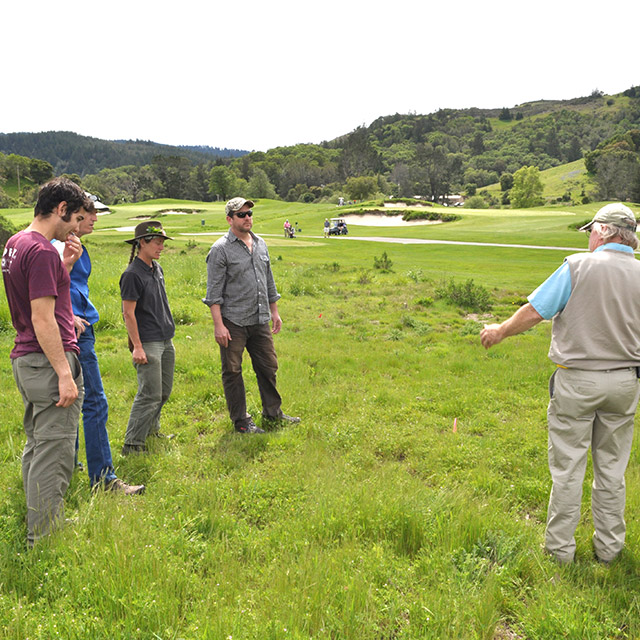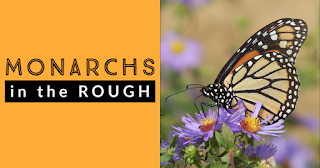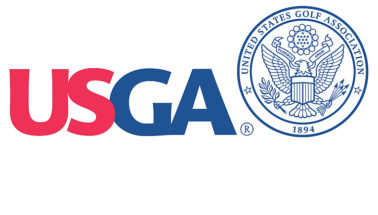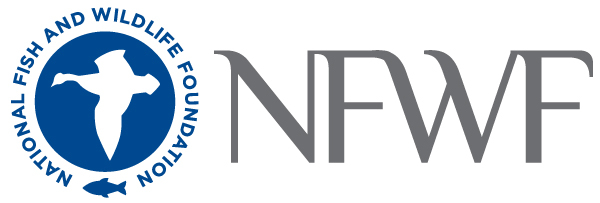Originally published by the Staff at Pinelands Nursery here: http://www.pinelandsnursery.com/search/label/Blog
FORE!!! Monarchs In The Rough
Sending the correct seed was one of the most imperative objectives of the Monarchs in the Rough mission to create this habitat. Seed availability definitely has its limitations in some regions, and sourcing the proper ecotype and seed species proved to be hard work. The program strived to avoid the introduction of non-native plants, invasives, and species that will not survive certain regional conditions because of where they were sourced. “Pinelands Nursery was tasked with the responsibility of ensuring everything ran smoothly. They tapped into a continent-wide network of native plant vendors to fill orders for hundreds of projects. As the initiative expanded, we were able to build relationships with other nurseries that Pinelands facilitated like Minnesota Native Landscapes who was instrumental in designing local seed mixes in the Upper Midwest. I cannot overstate the importance of the work conducted by Pinelands for Monarchs in the Rough.” says Director of Conservation Initiatives at Audubon International, Marcus Gray.
Why golf courses you may ask? Why not?! Many golf course superintendents want to conserve the natural resources of their home state and improve upon the large acreage that they own. “Monarchs in the Rough is a win-win for someone that simply wants more habitat on-the-ground, which we know we need. There is education, outreach, financial and other business improvement benefits to courses that lead to enhanced competitiveness in a tight market.” says Marcus Gray. He also mentions that across the United States, golf courses make up 2.3 million acres of land. A typical golf course represents 150 acres of open land. With more than 1/3 of the course not being used for play, it is left available for potential restoration projects. The USGA specifically has encouraged the project citing its ongoing commitment to sustainability. “The golf sector has really gotten behind the idea and it’s personally my greatest contribution to conservation.” says Marcus Gray.
Currently there are more than 700 courses committed to the program, dedicating more than 1,000 acres to butterfly stewardship. You can help to save the monarchs by donating to the Monarchs in the Rough program or programs with a similar mission. If you would like to contribute to the Monarchs in the Rough effort, donations can be made securely online here: https://secure.auduboninternational.org/np/clients/auduboninternational/donation.jsp
You can also inform any avid golfer in your life of this program and tell them the importance of getting their golf superintendent to sign up and participate. Audubon International additionally works on course monitoring and reporting. If you are interested in contributing your time rather than financial support, Monarchs in the Rough is looking for participants to assist in measuring wildflowers or counting butterflies on golf courses. The program is collaborating with the Monarch Joint Venture to get up to 40 established sites monitored to augment the Summer 2019 Participant Survey: https://monarchjointventure.org/mjvprograms/science/immp

